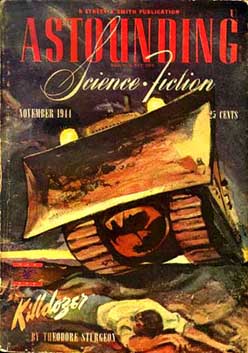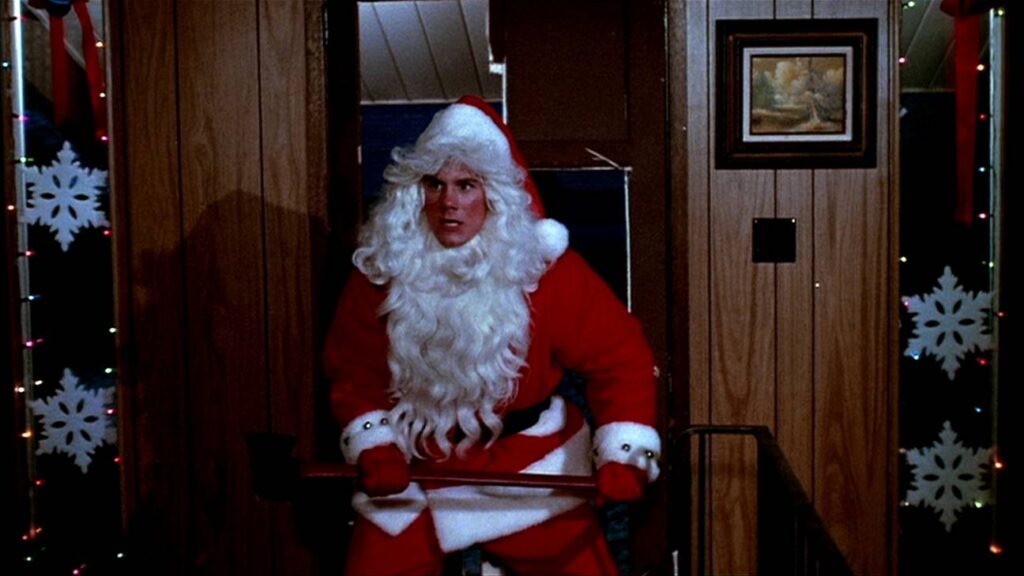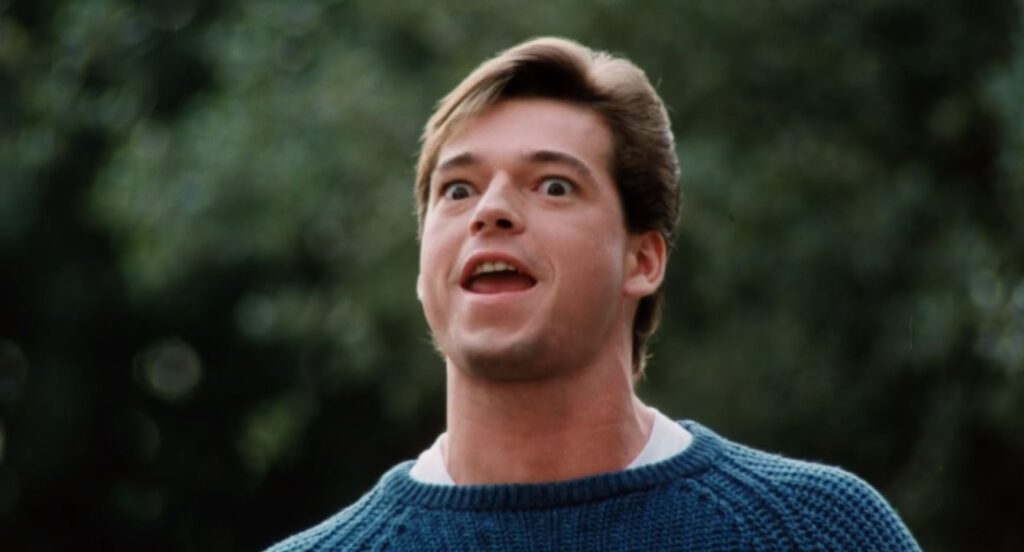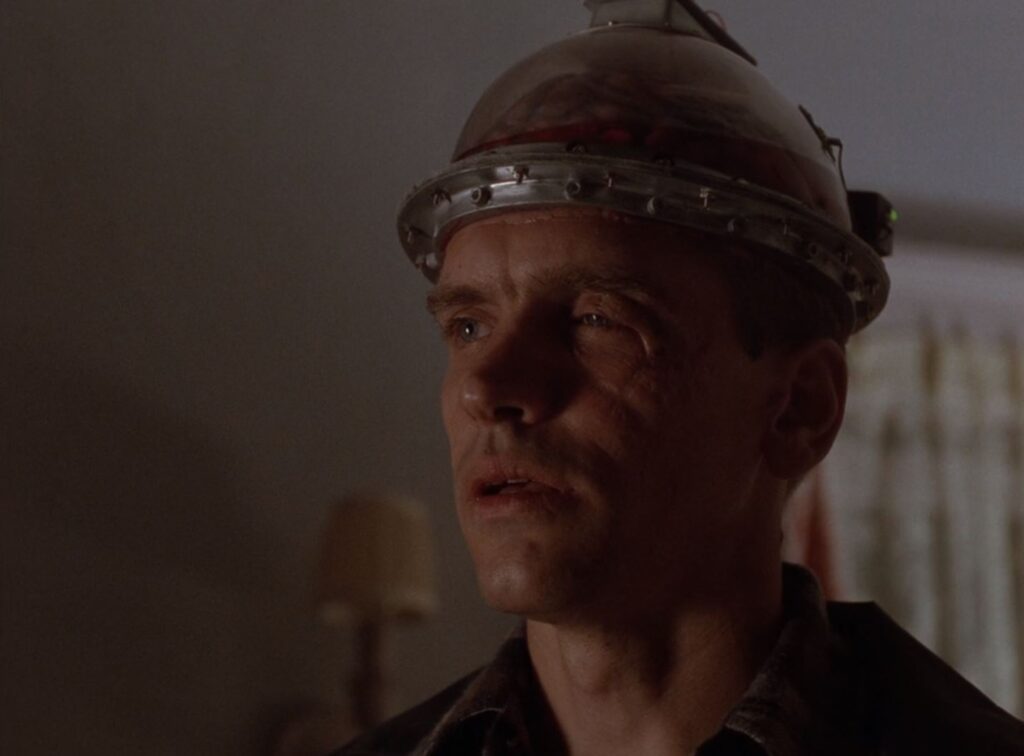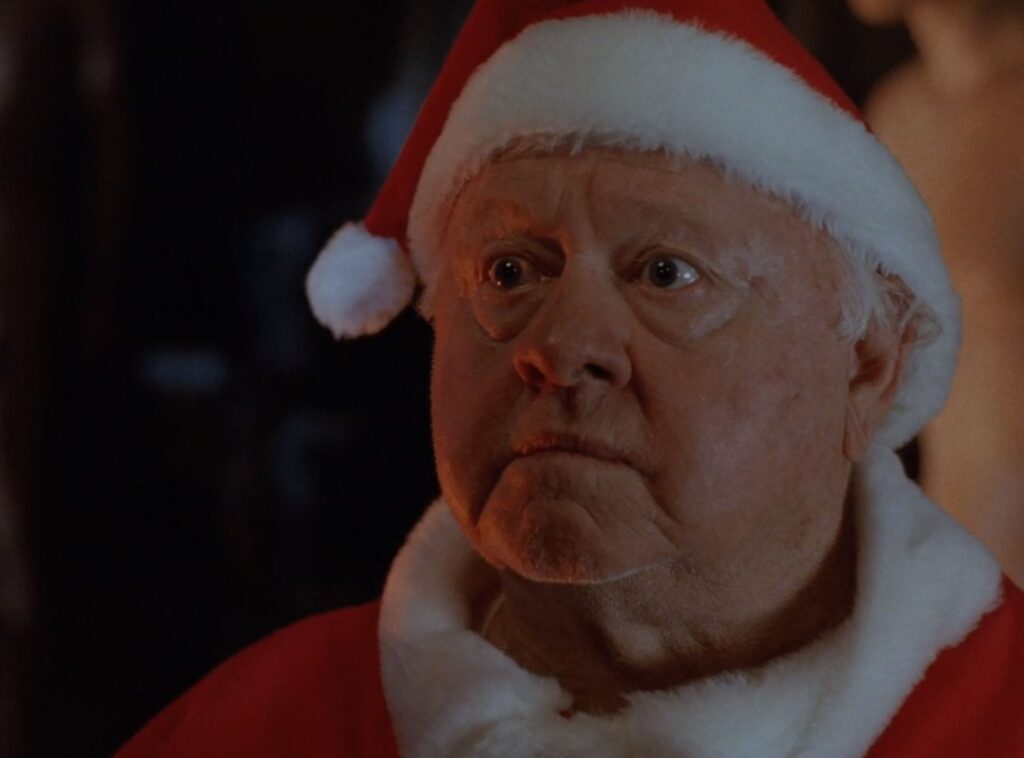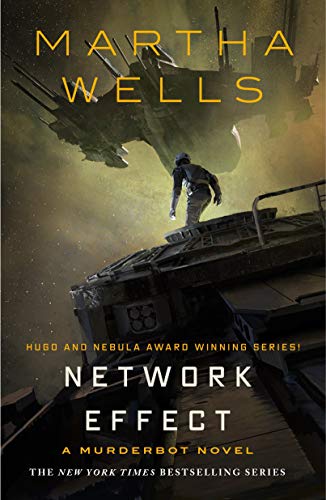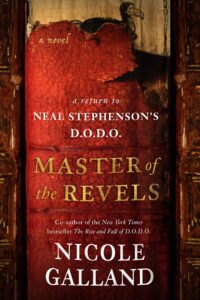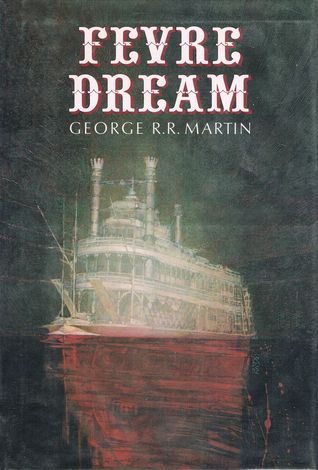Vintage Science Fiction Month: Killdozer!
Vintage Science Fiction Month is the brainchild of the Little Red Reviewer. The objective: Read and discuss “older than I am” Science Fiction in the month of January.
Say it with me: Killdozer! Don’t forget the exclamation point. It’s an evocative name for a story. Just filled with schlocky potential. Depending on your point of view, it may be a tad misleading though. I mean, don’t get me wrong – it really is a story about an ancient energy being that possesses a bulldozer and goes on a rampage. It’s like a mashup of SF and slasher film, with the killer being a giant damn bulldozer.
I don’t want to spend too much time on the slasher comparison because, well, the SF part is more interesting. But I do have an inexplicable love of slashers, so really quickly: there’s a sense of a historical tragedy of the past being revisited upon the present (the energy being was part of an ancient war, got buried in some ancient island temple that gets opened up by a construction crew, at which point the war is rekindled). The killer is wearing a mask of sorts (shaped like a bulldozer – a stretch, but work with me here). The killer stalks its unsuspecting prey, picking them off one by one, sometimes using creative methods of murder. The only things that’re really missing are a holiday (not strictly necessary) and a final girl (we have to settle for a final boy, er, final middle-aged-dude, which is a bit of a bummer.)
Well maybe I should stay on this track a bit. In preparation for last year’s Vintage SF Month, I wrote a post on the intersection of Horror and Science Fiction. I’ll let that post speak for itself, but the key distinction is thus:
While both genres often portray spine-tingling confrontations with a terrifying unknown, the chief difference between them is not the events depicted, but how the response to those events is characterized. The horror or gothic response is generally one of acceptance and surrender, while science fiction’s reaction is one of rational curiosity. To drastically simplify the sitation: horror thrives in a lack of understanding while science fiction sees such threats as a challenge to be overcome, a problem to be solved. These are generalizations, of course, and there are certainly exceptions and cross-genre exercises that straddle the line.
“Killdozer!” is a good example of such things. So far, I’ve leaned into the horror and action genre to describe the story, but the actual exercise of reading the story is tempered by a very Science Fictional approach. Author Theodore Sturgeon spends an inordinate amount of time detailing the minutiae of bulldozer technology and operations. And when I say “minutiae”, I mean it. Some examples:
The hoist and swing frictions and the brake linings had heated and dried themselves of the night’s condensation moisture, and she answered the controls in a way that delighted the operator in him. … Tom snapped the hoist lever back hard, and the bucket rose, letting the tractor run underneath. Tom punched the bucket trip, and the great steel jaw opened, cascading marl down on the broken hood. …
… Tom pushed the swing gear control down and pulled up on the travel. The clutches involved were jaw clutches, not frictions, so that he had to throttle down on an idle before he could make the castellations mesh.
Pages 156-157, The Complete Stories of Theodore Sturgeon: Volume III: Killdozer!
There’s much more of that talk throughout the story. Sturgeon had a 4-F classification during WWII due to health issues, but he still contributed to the war effort, mainly by working on construction of airfields in the tropics. He became quite adept and knowledgeable of bulldozers during this period. In terms of his writing, this was an unproductive period for him, with “Killdozer!” being written right smack in the middle of several years of writers’ block (other things on his mind at the time, I guess). Sturgeon’s expertise certainly shows throughout the story, possibly to its detriment. I say “possibly” because it’s the sort of thing that really does give the story an interesting and distinct tone, especially when you consider the sensationalism involved in the premise.
I can see this sort of attention to detail turning off casual readers, and it certainly impacts pacing. However, it really does speak to the Science Fiction mindset. This is not a story where our heroes cower in fear of the seemingly haunted bulldozer. They brainstorm, they speculate, they devise clever strategies for avoiding, combatting, and eventually defeating the dozer and its mysterious driving force. This quote is the sort of thing you don’t see in much horror fiction (at least, not from people who survive!):
He was not the type of man who, when faced with something beyond his understanding, would begin to doubt his own sanity. His was a dogged insistence that what he saw and sensed was what had actually happened. In him was none of the fainting fear of madness that another, more sensitive, man might feel.
Page 131, The Complete Stories of Theodore Sturgeon: Volume III: Killdozer!
For its part, the energy being that possesses the dozer also demonstrates intelligence, devising its own ingenious solutions to the attacks our protagonists throw its way. It’s a rational opponent, but one that can be defeated, so long as you don’t lose your own head.
Speaking of which, the group of humans has its own interesting dynamics at work. This is not a long story, but Sturgeon does make an effort to get to know each member of the team. Characters include a young Puerto Rican who doesn’t have much formal training, but does have experience as a dozer operator. Another character is older and perhaps too straightforward for his own good, but has wisdom born of experience. The most notable, though, is a rabble-rouser who has a penchant for needless back-stabbing office politics and racism (since this has been a week in which such real-world political strife has spilled over to embarrassing proportions, it’s interesting to see a character like this portrayed as a sorta secondary villain.)
It’s a fascinating story, if not one that is perhaps suited to beginners. It’s certainly not Sturgeon’s best work, but I do enjoy the contrasts it presents. There was also a TV movie made in the 70s that is apparently worth seeking out (though I feel certain that the SFnal elements would be toned down in such an adaptation). Originally published in Astounding magazine (John Campbell was a big booster of young Sturgeon), this story has appeared in all sorts of collections over the years (and even won a Retro Hugo last year), but I read it as part of The Complete Stories of Theodore Sturgeon: Volume III: Killdozer!
The collection includes some pre-war and post-war Sturgeon stories, and it’s actually still somewhat early in his career. You can see a marked difference between the older and newer stories, with Sturgeon’s emphasis on psychological motivations and therapy emerging in the latter stories. Many of the tales portray a similar Science Fictional take on a Horror or Fantasy premise, with clever heroes that solve problems using rational problem solving.
“Killdozer!” is the standout story, but other prominent entries include “Mewhu’s Jet”, which is often seen as a precursor to Spielberg’s E.T. (though I’m not sure if that has been strictly confirmed, it makes sense), and “Memorial”, an early recognition of the danger of atomic power/bombs (Sturgeon and SF writers in general seemed to be ahead of the curve on this sort of thing). I also enjoyed stories like “Blabbermouth”, “The Chromium Helmet”, and honestly, most of the stories were worthwhile, even if Sturgeon would get better as time went on. I might recommend some of Sturgeon’s other works before this, but it’s a decent collection of stories and it showcases how a writer’s early career can evolve over time.
